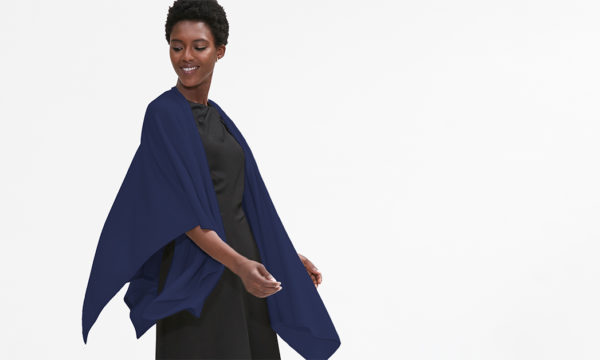
The 60-Minute Closet Edit with NEAT Method
More time at home doesn’t necessarily mean more time to spare. For those who are juggling full-time work and family, this may feel like the busiest time in recent memory. But you know what it also feels like? High time to confront the mayhem that is your closet.
We’re not talking a full Marie-Kondo-style makeover of your space, but rather, a 60-minute clean-out that will help you re-organize your closet, one category at a time. In other words, it’s a micro-edit that may just have a mega-impact on your sanity. Below, the luxury home organizers at NEAT Method share their tips for how to purge your closet in 60-minute increments. And we reveal the 10 essential items you should make sure to keep in your closet.
Want more M Dash?
Sign up for our weekly newsletter.
Thank you!
Start small. (5 Minutes)
A full closet clean-out typically takes longer than 60 minutes, but you can easily tackle one wardrobe category in an hour. Survey your closet and dresser, and then start with a small or straightforward category (like pajamas or intimates). Save your favorite category (shoes? tops?) for another day, once you’ve strengthened your editing muscle.
Lay it out. (10 Minutes)
In order to make hard decisions about what to keep versus relinquish, you need to be able to see what you own. Pull the entire category out of your closet or dresser and start sorting by subcategory, as necessary. If there are less than five or so items, just leave it all together. Finally, sort each subcategory by color.

Photo by Laura Metzler.
Make decisions. (20 Minutes)
Now that you can see what you have, you might be surprised how many black T-shirts or gray sweatshirts you’ve amassed. Use that knowledge to edit and downsize. Hold each item up and think about the last time you wore it. When was that exactly? Was it comfortable? Did you feel good in it? Did it fit? Do you have similar items that you wear more often? Consider donating or consigning pieces that haven’t been worn in the last six months. Most likely, you won’t wear them in the next six months either, due to the changing of seasons. After a year of non-wear, it’s definitely time to donate those pieces so someone else who can give them a new life. Retail cost shouldn’t factor into your editing process; you can recoup some of that with consignment.
Clear it out. (5 Minutes)
Everything you’ve decided to donate or consign needs to leave the house—or at least the bedroom, since it may be awhile until you actually leave your house. Sort items for donation into one box or bag, and items for consignment into another. Label each. Stash them in a closet or other storage area until donation centers open again. You can also send household donations to Give Back Box (using easy-print shipping labels), and clothing items for consignment to ThredUp, which is one of our partners here at M.M.LaFleur. (Click here to print a free shipping label.)

Photo by Aubrey Hartshorn.
Fold or hang. (10 Minutes)
Place your newly downsized category back into your closet or dresser. Hang delicate or wrinkle-prone items: blouses, dresses, jumpsuits, jackets, slacks, and skirts. Fold items that aren’t as prone to creasing: jeans, pajamas, undergarments, and athletic wear. Delicate sweaters can stretch out on a hanger, so make sure you fold them as well. The rest of your items can go in whatever space you have left. Folded items should be placed upright in a drawer, or “file folded” so you can see everything you have.
Order anything you’ll need for your next edit. (5 Minutes)
After your closet is fully edited and everything is placed back where you want it to “live,” you may find that some areas would benefit from organizing products. Consider ordering slimline hangers to save space on your hanging rod. Linen drawer organizers can be super helpful to contain items like socks and undergarments; and canvas bins can be used on shelves, when drawer space isn’t available.

Photo by Laura Metzler.
Keep or acquire these 10 essentials to anchor your wardrobe. (5 Minutes)
Every great wardrobe starts with versatile, foundational items. Start with these and then build out—or pare down—from there.

Shop This Look
















